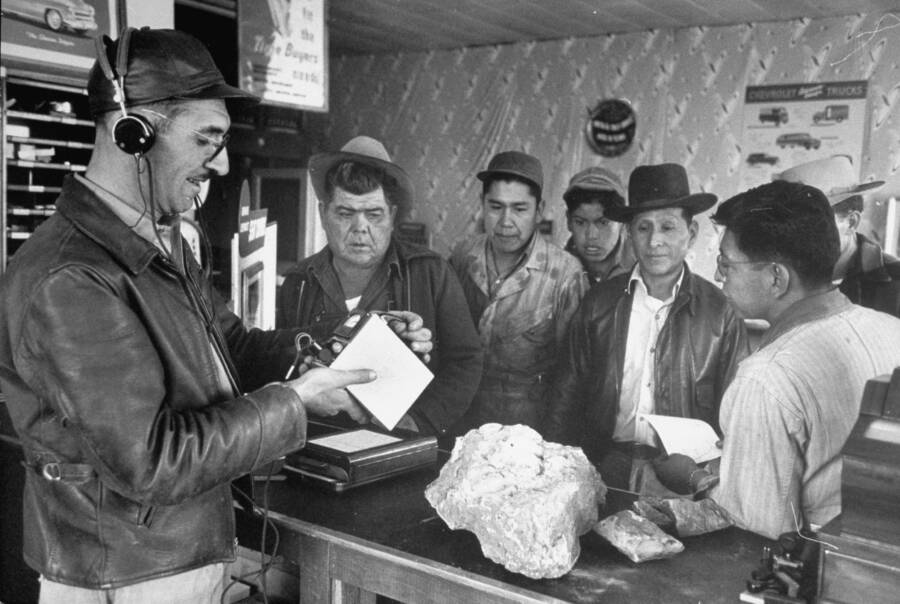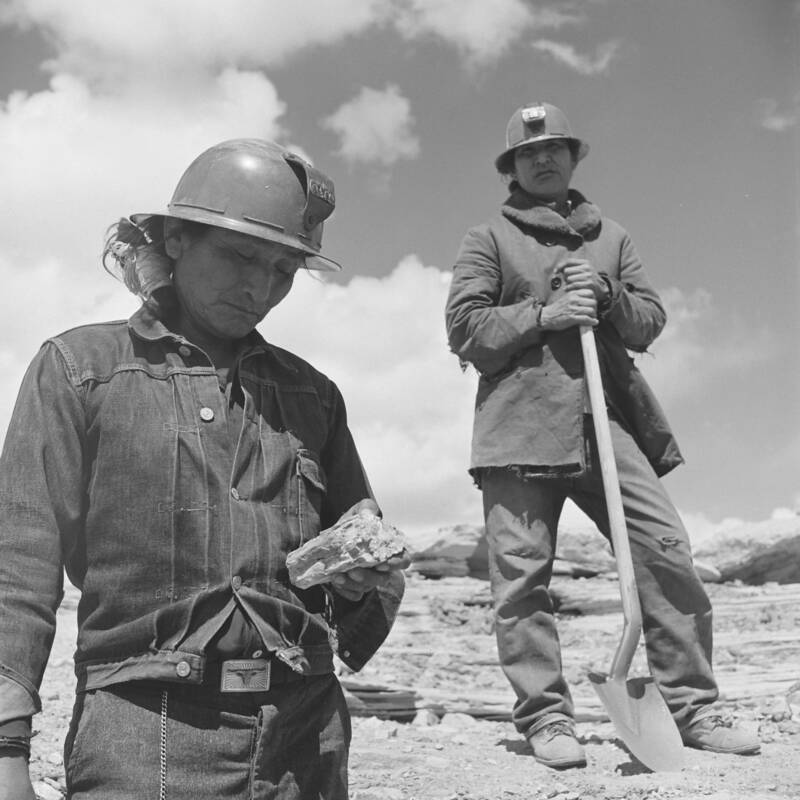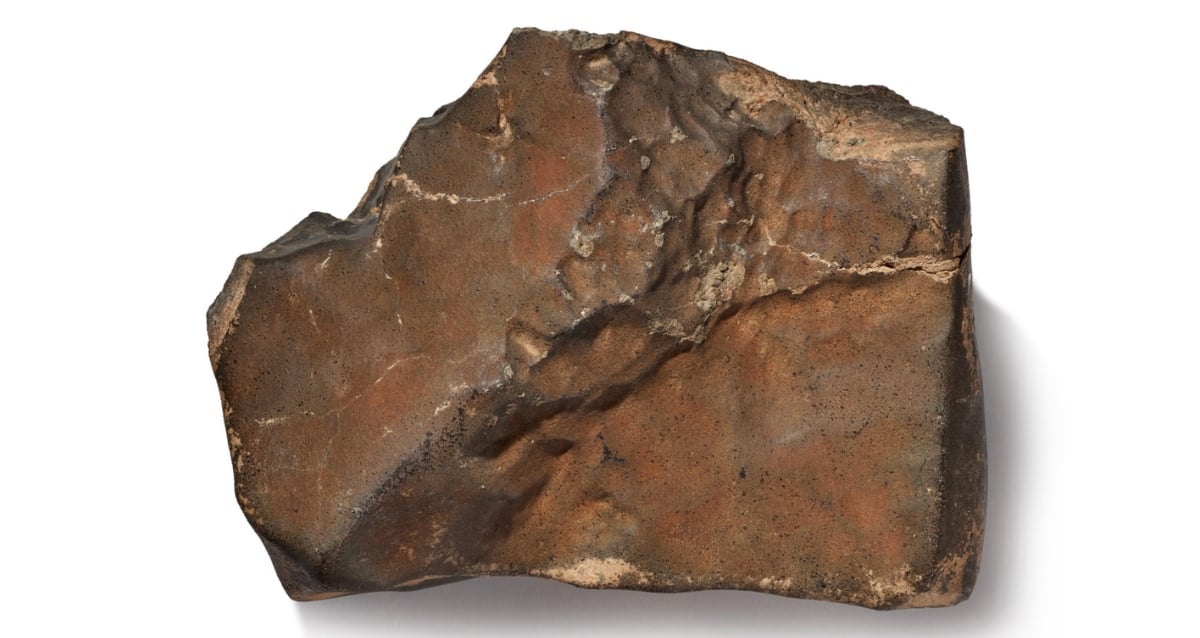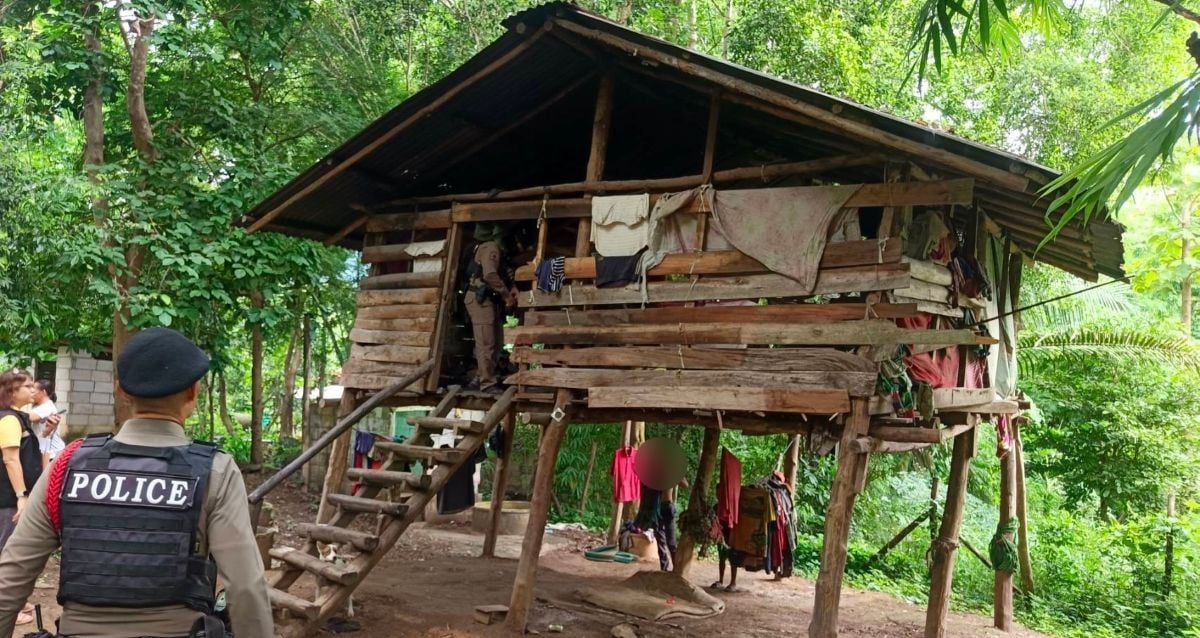“Unearthed Dangers: How Cold War-Era Uranium Mines Are Devastating the Health of Navajo Women and Their Infants”
“When they did the mining, there would be these pools that would fill up,” Welch said. “And all of the kids swam in them. And my dad did, too.” Not only that, the Navajo’s livestock also drank from those contaminated pools as well.

Peter Stackpole/The LIFE Picture Collection via Getty ImagesAn inspector analyzes unearthed uranium in New Mexico as miners look on in 1950.
But as the Cold War died down, so did the U.S. government’s interest in uranium. The last uranium mining operation was finally stopped in 1998, and more than 500 of these mines were left abandoned. While the federal government has initiated clean-up efforts at these former mining locations, much of it has stopped due to lack of funding.
“They need funds,” Haaland said. “The job was not completed.”
Furthermore, the Radiation Exposure Compensation Act only covers parts of Nevada, Arizona, and Utah that are downwind from nuclear testing areas in southern New Mexico. Now, Haaland and her colleagues are trying to push legislation that would expand radiation compensation to residents in New Mexico, including post-1971 uranium workers and those who lived downwind from the test sites.
And these efforts will only become ever more timely as groups continue to threaten the reopening of these uranium mines in New Mexico despite their devastating effects on the surrounding environment and people.
Next, read about how Canada finally identified 2,800 Indigenous children who died anonymously in state-run institutions and learn the tragic true story of Geronimo, the legendary Apache warrior.













